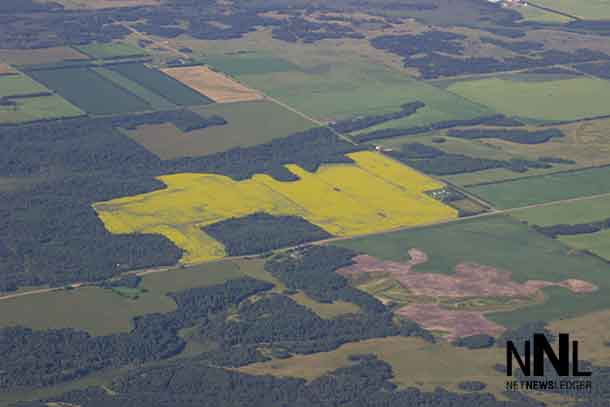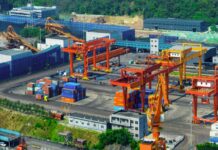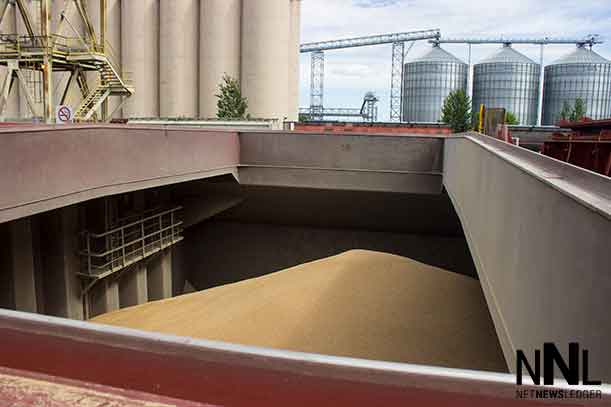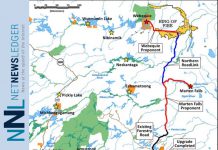Traditional farm infrastructure was the backbone of farming for generations. But nowadays, fabric buildings have become really popular and many farmers choose this type of infrastructure for their needs. Wondering which one is more cost-effective and effective?
No worries, since we’re here to provide some insights about the cost benefits of fabric structures compared to traditional ones.
What is Traditional Farm Infrastructure?
Traditional farm infrastructure primarily consists of permanent buildings constructed from materials like wood, steel, or concrete.
Pros of Traditional Farm Infrastructure
- Sturdy and Long-Lasting: Traditional structures are known for their durability and ability to withstand various weather conditions.
- Increased Property Value: They often increase the overall value of your farm property.
Cons of Traditional Farm Infrastructure
- High Initial Costs: The construction costs can be substantial, impacting your initial investment.
- Limited Mobility: These structures are fixed in place and cannot be moved easily.
- Maintenance Expenses: Over time, they require maintenance and repairs, which can be costly.
Fabric Structures: Your Farm’s New BFF
Now, it’s time to dig deeper into fabric structures to see if the whispers about these structures are right. If you want to upgrade your farm setup and you are thinking of buying fabric structures in Canada, then you need to know their pros and cons compared to traditional infrastructures. Ready? Let’s check the details!
1. Installation and Maintenance Costs: A Pocket-Friendly Revolution
As we said before traditional farm buildings are known for their sturdiness, but they often come with a hefty price tag. What if you could combine robust structure and high quality without breaking the bank? Fabric structures are a budget-friendly solution for modern farmers. How?
- Upfront Costs
Traditional structures can be expensive to build, which might strain your budget. Fabric structures are more budget-friendly, leaving room for other expenses.
- Maintenance Expenses
Traditional buildings cost more to maintain over time. Fabric structures can keep maintenance costs low, saving you both time and money.
- Return on Investment
When looking at costs, think long-term. Fabric structures often offer a quicker return on investment due to their lower initial and ongoing expenses.
For example, building a traditional barn might set you back a cool $50,000 and take ages to finish. But, with a fabric structure, you could have a similar-sized haven for just $30,000 and be sipping lemonade inside in no time. Plus, you’ll save big on maintenance costs.
2. Going Green with Eco-Friendly Farming
Materials like concrete and steel used in traditional buildings have a big environmental footprint. Their production and maintenance contribute to pollution and resource depletion.
Fabric structures are a better choice in terms of eco-friendliness since they use fewer materials during building and can be recycled.
3. Energy-Efficiency
Traditional buildings rely on artificial lighting and heating, which can result in higher energy bills, especially during the colder months.
While, fabric structures let in natural light during the day, reducing the need for artificial lighting. Their design also promotes better airflow, helping maintain comfortable temperatures without the need for excessive heating or cooling.
4. Versatility and Adaptability: The Shape-Shifting Heroes
Traditional buildings have fixed layouts, making it challenging to adapt to changing farming needs. Converting them for different uses can be time-consuming and costly.
While fabric structures are like the transformers of the farming world. Need a cozy home for your hay today, and a spacious place for your cows tomorrow? Fabric structures can adapt to all your needs.
For example, in Canada, the weather varies a lot. Traditional buildings can handle it, but you may need to invest in insulation and heating. Fabric structures are built with different climates in mind. They’ve got good ventilation for hot weather and can handle winter with the right setup.
5. Durability and Longevity: Tougher Than You Think
As mentioned above, traditional buildings are known for their durability, but they can still require frequent repairs, especially in harsh weather conditions.
Modern fabric materials are built to withstand tough weather conditions, from heavy snowfall to UV radiation. Many fabric structure manufacturers offer warranties of up to 20 years, ensuring a long service life.
What About the Cons of Fabric Structures?
Traditional buildings can stick around for decades or even centuries with proper care. That’s their strong suit. Fabric structures may not last as long, but they’re built to stand up to the elements and serve you well for many years.
Choosing the Right Type: Which One’s for You?
So, let’s summarize whatever we discussed above. If you’re looking for a structure that is cost-effective and energy-efficient as well, you cannot overlook the importance of fabric structures. They’re the practical choice for modern farmers since they offer durability and flexibility as well.
However, if you prefer the tried-and-true approach and have specific needs, traditional buildings still have their place in agriculture. So, whether you’re a tech-savvy farmer ready for innovation or someone who appreciates the classics, the choice between fabric and traditional farm buildings depends on your unique requirements and farming goals.







